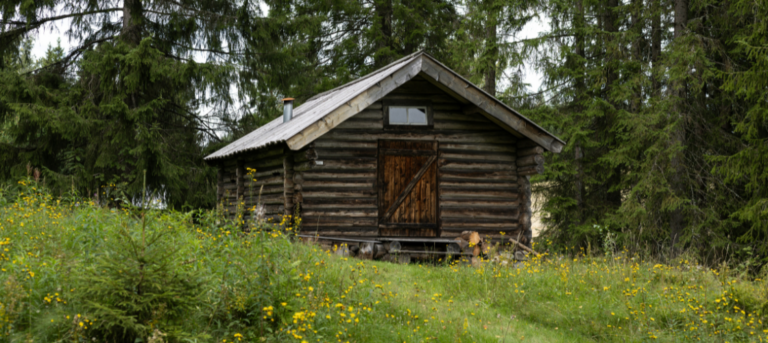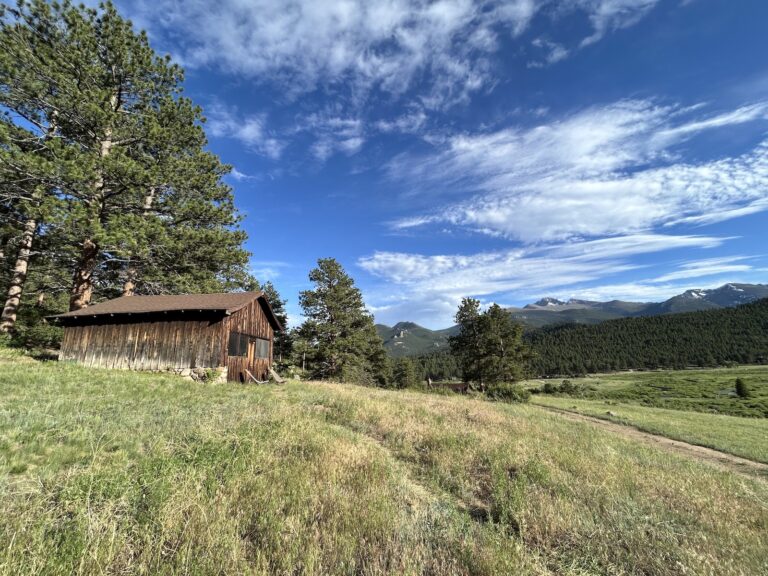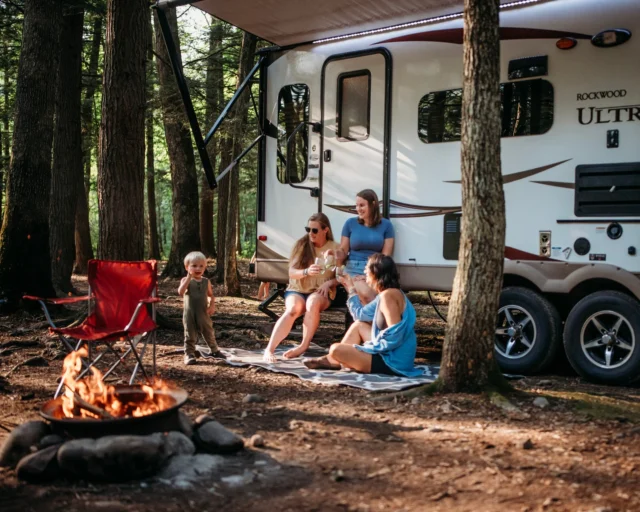
Picture this: You’re hiking through a vast national forest, surrounded by towering trees and pristine wilderness. Suddenly, you stumble on a small clearing with a rustic cabin nestled in the trees.
It looks abandoned, but is it really?
Before you start snapping your next Instagram post or unpacking your things like it’s a free Airbnb, take the time to understand the concept of “inholder properties” and how to respect these unique parcels of land.
What are inholder properties?
An inholder property, also known as an inholding, isn’t just random abandoned property. It is a privately owned parcel of land completely surrounded by federally managed lands such as national parks, Bureau of Land Management (BLM) areas, or national forests.
These properties often predate the establishment of the surrounding protected areas and have remained in private ownership.
The history of inholdings
Inholdings typically trace their origins to one of several historical circumstances:
- Homestead Act claims: Many inholdings were established when settlers claimed land under the Homestead Act of 1862, before the surrounding areas were designated as federal lands.
- Mining claims: Some inholdings originated from mining claims staked before the land was federally protected. According to the BLM, “Colorado has 10,380 active mining claims.” Some of these can be found in completely inaccessible areas by vehicle.
- Land grants: In some cases, inholdings resulted from land grants given to individuals or companies by the government for various purposes.
- Purchases: Occasionally, private individuals or entities purchased land before it was incorporated into federal protection – in Colorado, Culebra Peak is one of only fifty fourteeners and lies entirely on private land.

How to identify an inholder property
Well, your first clue is that you know you’re in a federally managed area, and you come across a building. To make sure:
- Check for signage: Look for any posted signs indicating private property or no trespassing. Legitimate inholder properties often have clear markings.
- Observe the condition: While not foolproof, inholder properties are more likely to be maintained than truly abandoned structures. Look for signs of recent use or upkeep.
- Consult maps: Before your trip, study detailed maps of the area. Many maps indicate private inholdings within federal lands.
- Use GPS technology: Modern GPS devices and smartphone apps can often show property boundaries, helping you identify whether you’re on federal or private land.
- Ask local authorities: If possible, contact the local ranger station or land management office for information about inholdings in the area you plan to visit.
Legal considerations and etiquette
Remember, inholder properties are private land, and the owners have the same rights as any other private property owner. Just because it looks like they aren’t around, doesn’t mean it’s your excuse to be a baddie. Being courteous means:
- Trespassing laws apply: Entering an inholder property without permission is illegal and can result in fines or legal action.
- Respect privacy: Even if a property appears abandoned, it’s best to assume it’s not. Don’t park the RV and get comfortable.
- Leave no trace: If you accidentally find yourself on private property, leave and don’t disturb anything.
The future of inholdings
The status of inholder properties is a contentious issue in land management. Many conservation groups and government agencies want to acquire these properties to consolidate protected areas, make management easier, and avoid point source contamination in waterways like from outhouses. But the process is complex and often involves:
- Willing sellers: Sellers willingly sell their parcel to the government at a market price. Many private landowners feel it’s their right to keep their private property in their family, and no price will convince them.
- Land exchanges: Sometimes, the government will exchange other parcels of land for inholdings.
- Conservation easements: In some cases, owners agree to limit development on their land while retaining ownership.
- Eminent domain: In some cases where sellers are unwilling, national parks and other agencies, NPS, and utilities, have been known to acquire inholder properties through eminent domain, but they must prove that the acquisition is for public good.
When in doubt, err on the side of caution. Treat any structure you encounter in seemingly public lands as private property unless you have clear information indicating otherwise. This approach not only keeps you on the right side of the law but also helps preserve the balance between public access and private rights in our cherished natural areas.






